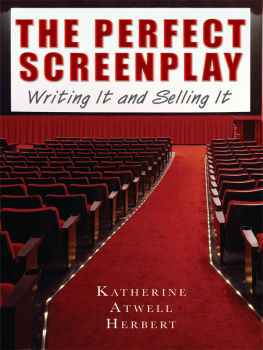Jeremy Robinson - Screenplay Workbook: The Writing Before The Writing
Here you can read online Jeremy Robinson - Screenplay Workbook: The Writing Before The Writing full text of the book (entire story) in english for free. Download pdf and epub, get meaning, cover and reviews about this ebook. year: 2010, publisher: Clarkson Potter/Ten Speed, genre: Romance novel. Description of the work, (preface) as well as reviews are available. Best literature library LitArk.com created for fans of good reading and offers a wide selection of genres:
Romance novel
Science fiction
Adventure
Detective
Science
History
Home and family
Prose
Art
Politics
Computer
Non-fiction
Religion
Business
Children
Humor
Choose a favorite category and find really read worthwhile books. Enjoy immersion in the world of imagination, feel the emotions of the characters or learn something new for yourself, make an fascinating discovery.

- Book:Screenplay Workbook: The Writing Before The Writing
- Author:
- Publisher:Clarkson Potter/Ten Speed
- Genre:
- Year:2010
- Rating:5 / 5
- Favourites:Add to favourites
- Your mark:
- 100
- 1
- 2
- 3
- 4
- 5
Screenplay Workbook: The Writing Before The Writing: summary, description and annotation
We offer to read an annotation, description, summary or preface (depends on what the author of the book "Screenplay Workbook: The Writing Before The Writing" wrote himself). If you haven't found the necessary information about the book — write in the comments, we will try to find it.
Screenplay Workbook: The Writing Before The Writing — read online for free the complete book (whole text) full work
Below is the text of the book, divided by pages. System saving the place of the last page read, allows you to conveniently read the book "Screenplay Workbook: The Writing Before The Writing" online for free, without having to search again every time where you left off. Put a bookmark, and you can go to the page where you finished reading at any time.
Font size:
Interval:
Bookmark:
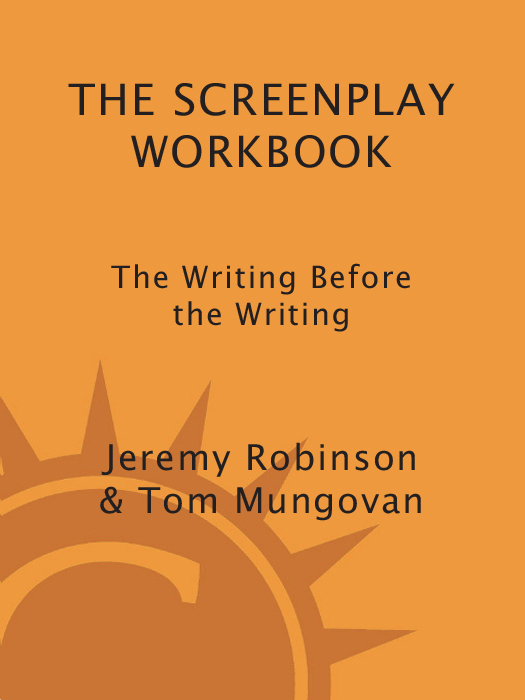
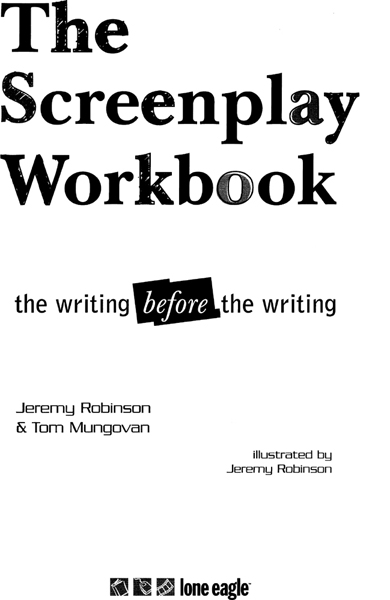
For Hilaree Robinson
and
Lisa Henderson
Without your love and support,
this book would never
have become a reality.
ALSO AVAILABLE FROM LONE EAGLE PUBLISHING
FROM SCRIPT TO SCREEN:
The Collaborative Art of Filmmaking, 2nd Edition
by Dr. Linda Seger and Edward Jay Whetmore
Join Dr. Linda Seger and Edward Whetmore as they examine recent screenplays on their perilous journey from script to screen. In addition to completely updating and revising the first edition, the authors have added a substantial new section that is an extensive case study of the Academy Award winning film, A Beautiful Mind, including exclusive participation by Ron Howard. In interviews with over 70 of the top professionals in the film industry, Seger and Whetmore examine each artists role in making a great script into a great film.
$18.95, ISBN 1580650546
HOW NOT TO WRITE A SCREENPLAY
101 Common Mistakes Most Screenwriters Make
by Denny Martin Flinn
Having read tons of screenplays as an executive, Denny Martin Flinn has come to understand that while all good screenplays are unique, all bad screenplays are the same. Flinns book will teach the reader how to avoid the pitfalls of bad screenwriting, and arrive at ones own destination intact. Every example used is gleaned from a legitimate screenplay. Flinns advice is a no-nonsense analysis of the latest techniques for crafting first-rate screenplays that sell.
$16.95, ISBN 1580650155
POWER SCREENWRITING
The 12 Stages of Story Development
by Michael Chase Walker
Michael Chase Walker offers a clear and straightforward framework upon which to build story plots. Standing on the broad shoulders of Joseph Campbell, Christopher Vogler, and others who have demonstrated how mythology is used, Walker brings passion, insight and clarity to a whole new range of story traditions never before examined. Walker offers a wide variety of alternative principles and techniques that are more flexible, adaptable and relevant for the modern story-teller. His insights into the art of storytelling give depth and texture to any screenplay.
$19.95, ISBN 1580650414
ELEMENTS OF STYLE FOR SCREENWRITERS
The Essential Manual for Writers of Screenplays
by Paul Argentini
Paul Argentini presents an essential reference masterpiece in the art of clear and concise principles of screenplay formatting, structure and style for screenwriters. Argentini explains how to design and format manuscripts to impress any film school professor, story editor, agent, producer or studio executive. A to Z listing of format terms and examples. Includes a special section on stage play formatting.
$11.95, ISBN 1580650031
WRITING SHORT FILMS
Structure and Content for Screenwriters
by Linda J. Cowgill
Contrasting and comparing the differences and similarities between feature films and short films, screenwriting professor Linda Cowgill offers readers the essential tools necessary to make their writing crisp, sharp and compelling. Emphasizing characters, structure, dialogue and story, Cowgill dispels the magic formula concept that screenplays can be constructed by anyone with a word processor and a script formatting program.
$19.95, ISBN 0943728800
SECRETS OF SCREENPLAY STRUCTURE
How to Recognize and Emulate the Structural Frameworks of Great Films
by Linda J. Cowgill
Linda Cowgill articulates the concepts of successful screenplay structure in a clear language, based on the study and analysis of great films from the thirties to present day. Secrets of Screenplay Structure helps writers understand how and why great films work, and how great form and function can combine to bring a story alive.
$16.95, ISBN 158065004X
THE COMPLETE WRITERS GUIDE TO HEROES & HEROINES
Sixteen Master Archetypes
by Tami D. Cowden, Caro LaFever, Sue Viders
By following the guidelines of the archetypes p3resented in this comprehensive reference work, writers can create extraordinarily memorable characters and elevate their writing to a higher level. The authors give examples of well-known heroes and heroines from television and film so the reader can picture the archetype in his or her mind. The core archetype tells the writer how heroes or heroines think and feel, what drives them and how they reach their goals.
$17.95, ISBN 1580650244
1 /
2 /
3 /
4 /
5 /
6 /
7 /
8 /
9 /
We would like to thank the following individuals for their time, input and expertise:
Hilaree Robinson, for supreme editing.
Joanne Parrent, for unparalleled proposal writing advice.
Sheri Fults, Jeremys literary manager, for sound advice and honest critiques.
Mark Byers, Beverly Diehl and Karl Iglesias, for adding to the proposal.
Lisa Henderson, for her brilliant ideas and contributions.
The Robinson, Brodeur and Mungovan families, for their continuing support and encouragement.
Lauren Rossini, our editor at Lone Eagle, for making our first non-fiction experience a pleasure.
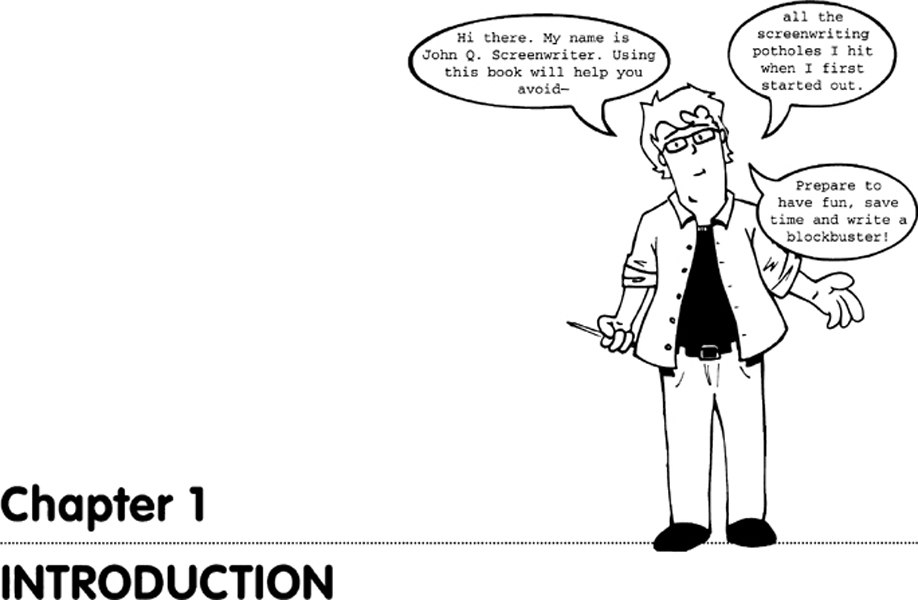
F or many screenwriters, the day they decide to write their first screenplay often goes something like this: while watching a movie they think to themselves, I could do this! Heck, I could do better then this! I havent written since high school, but if this film got made, my film surely would be! And then Id be rich, rich, rich, at which point they push their fingers together in a Montgomery Burns fashion and fiendishly whisper, Exxxcellent.
The next few steps in the budding screenwriters development are the systematic and brutal tearing down of their misconceptions. Not only is writing a screenplay difficultwith its rigid format, page count requirements, visual writing style and realistic dialoguescreenwriting demands preparation.
Characters, layers upon layers of plot and subplot, and every emotional rise and fall the audience experiences need to be planned out in advance, like a blueprint. For years screenwriters have been creating this blueprint from scratch, spending hours compiling research and ideas scribbled out on random notebook pages. But all that is about to change.
My name is Jeremy Robinson and I am the co-author of The Screenplay Workbook, along with Tom Mungovan. While Tom and I are both screenwriters, we also both have backgrounds in graphic design. It was only a matter of time before Tom came to me and said, Hey, I made this worksheet that can help us create better characters. After all, if we dont know our characters, who will?
To which I replied, Cool, this will make creating characters easy!
While our dialogue may have been a little stilted, the enthusiasm was genuine. The wheels in my head began to crank (which isnt always easy to do after a day of typing in front of a glaring computer screen) and I began to have an epiphany. I asked Tom something like, Wouldnt it be nice if we had a bunch of different worksheets that helped create and manage concepts, plots and characters? only slightly less salesman-like sounding.
Font size:
Interval:
Bookmark:
Similar books «Screenplay Workbook: The Writing Before The Writing»
Look at similar books to Screenplay Workbook: The Writing Before The Writing. We have selected literature similar in name and meaning in the hope of providing readers with more options to find new, interesting, not yet read works.
Discussion, reviews of the book Screenplay Workbook: The Writing Before The Writing and just readers' own opinions. Leave your comments, write what you think about the work, its meaning or the main characters. Specify what exactly you liked and what you didn't like, and why you think so.

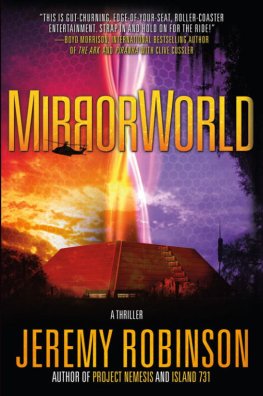
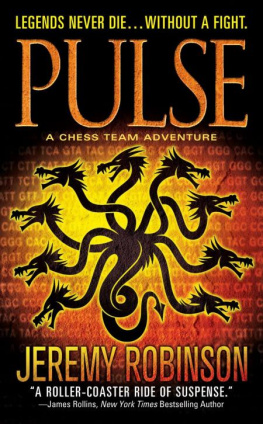
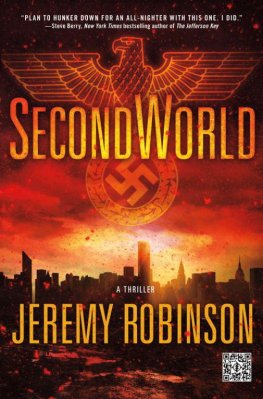

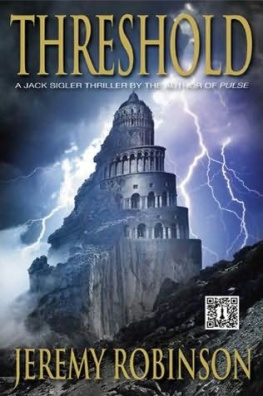
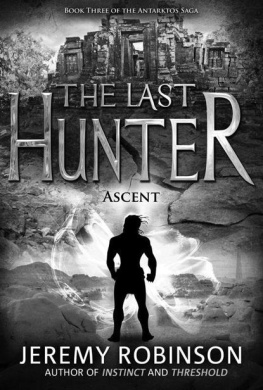
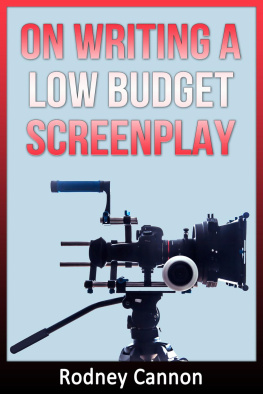

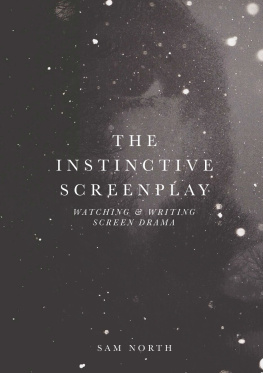
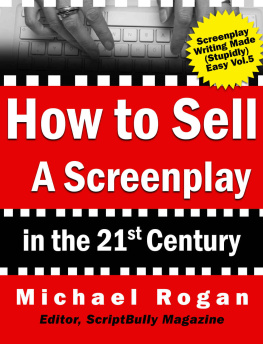
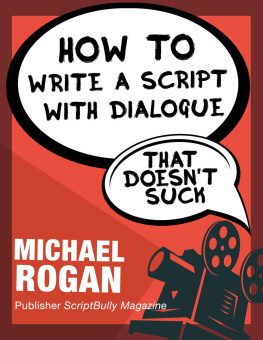
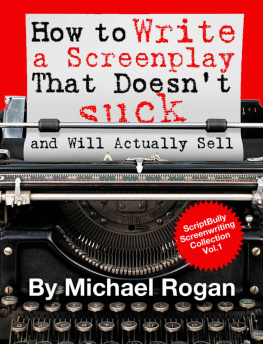
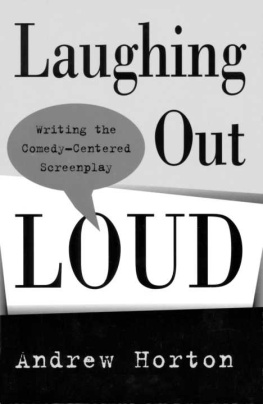
![Watt - The 90-day screenplay : [from concept to polish]](/uploads/posts/book/103527/thumbs/watt-the-90-day-screenplay-from-concept-to.jpg)
